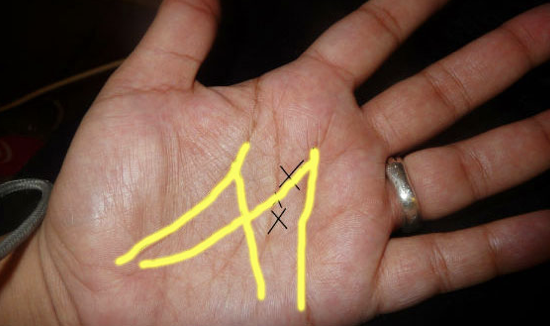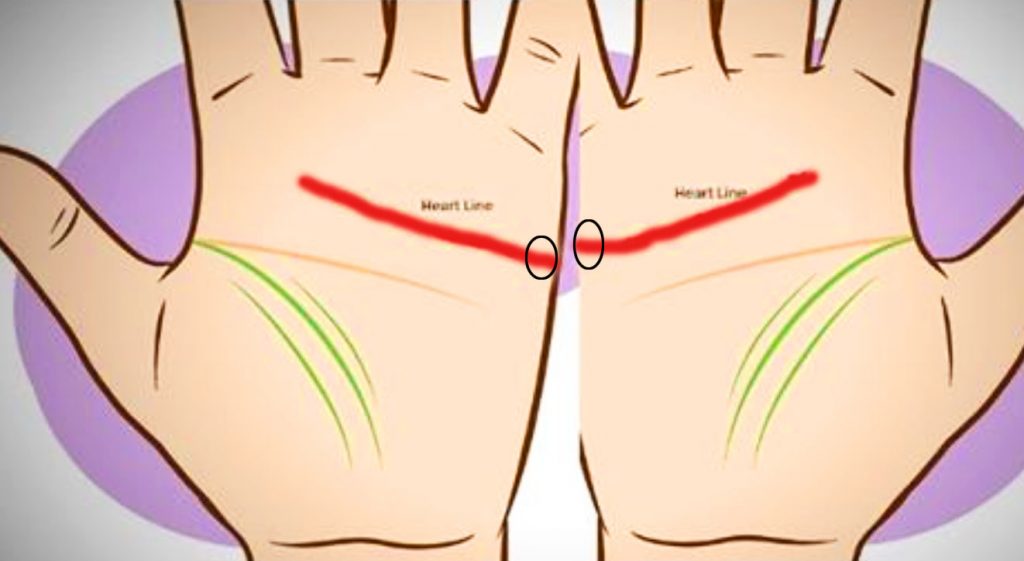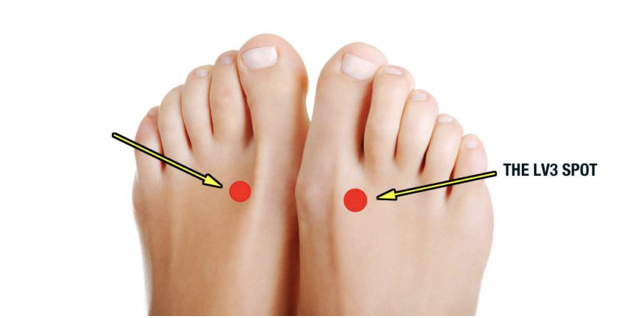6 Signs You Have Mold Illness and May Not Even Know It!

There are all sorts of gross things that no one ever wants to find inside their house and mold comes in at the very top of the list. The nasty, unsightly fungi can be found practically anywhere on Earth and is virtually impossible to avoid. It favors warm, damp, shady places like bathrooms and basements, which are the spots where it’s most likely to be found indoors!
Even if you can’t see any visible mold, there’s probably some growing wherever there are tiny cracks and crevices around your home. Other than leading to potentially extensive structural damage, many types of mold are also highly toxic and can be extremely harmful to human health.
That’s why it’s crucial to keep your home as mold-free as possible and if you ever notice any sign of it growing, deal with it immediately to prevent it from spreading any further.
There are countless species of mold fungi that exist and according to the CDC’s mold fact page, it’s estimated that there are anywhere between 10-300 thousand different types. The most common variants found indoors include the dreaded Stachybotrys Chartarum, aka toxic black mold, which produce mycotoxins that are capable of causing multiple health issues.
In addition to mycotoxins, mold spores also get released as mold grows and we end up ingesting and breathing both of these toxins directly into our bodies.
Once mold gets inside of us it can trigger various problems and reactions including allergies, inflammation, skin rashes, asthma, other respiratory issues and more, all of which are covered below. These are the top symptoms that are associated with mold related illness:
1. Headaches- If you suffer from frequent headaches and migraine pain it may be a symptom of mold exposure. Oftentimes sinuses become inflamed or infected due to allergies to mold particles in the air. The accompanying pressure causes many people to experience headaches and migraines.
2. Changes in Eye Health- Red, itchy, watery eyes are a common sign of mold exposure. Changes in eye sensitivity should be taken seriously and never be ignored. Mold triggers an allergic response in our bodies and may cause mild to intense itching, redness, blurry vision, and watery eyes.
3. Dry Skin and Rashes- A lesser known side effect of mold exposure is itchy, flaky, dry skin. Sometimes people develop rashes or hives and the inflamed areas may be patchy in appearance and extremely uncomfortable. Always do your best to avoid scratching and breaking the skin, which opens you up to a high risk of infection, and seek treatment if a rash is accompanied by intense pain, swelling, or discharge. Those may be signs that you’re having a severe allergic reaction and your body can’t handle it.
4. Breathing Difficulty– Perhaps the most common symptoms of mold illness are respiratory-related issues. Coughing, wheezing, not being able to breathe deeply or catch your breath are all red flags that point to mold allergies and exposure. Symptoms are often worse in people with asthma as the tiny mold spores and mycotoxins in the air can easily trigger an asthma attack.
5. Aches and Pains- Muscle pain that is unexplained and has no clear cause may be a symptom of mold illness. Some people experience mild achiness, but others describe intense, sharp, and even shooting types of pain.
6. Depression- Feeling down in the dumps and depressed has been linked to mold illness. Studies and science have found that damp, dark living spaces are ideal for both mold growth and negative effects on our mental health. On top of that, the multitude of other health issues that mold exposure triggers don’t help at all and only make depression worse. To improve indoor air quality try opening the windows and air out your home. Keeping a fan on to move air around and placing plants throughout your home will also help.
Additional signs of mold illness include a runny nose, postnasal drip, sneezing, chest tightness, weight gain, fatigue, numbness, shaking, stomach pain, nausea, diarrhea, and twitching. While many of these symptoms are commonly attributed to a number of other health issues and allergies, if you think you may have been exposed to mold and they persist, you should definitely seek treatment. Your doctor can help you, but more importantly you can help yourself by keeping your house dry, clean, and as mold free as possible.
Please SHARE This With Family and Friends
5 Thing You Should Stop Doing Immediately If You Are Experiencing Any Back Pain!
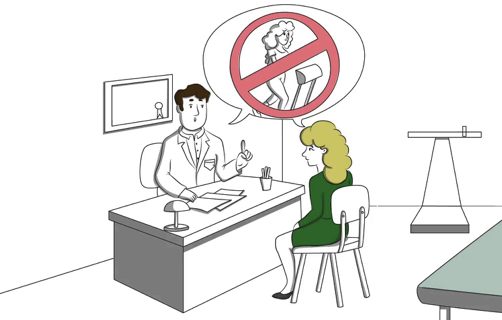
Back pain is something that everyone will experience at some point in their life. If you’re lucky it ends up being minor and temporary, but for some people it turns into a chronic, debilitating nightmare. Even with all the advances that modern medicine has made and afforded people, back pain remains the world’s number one leading cause of disability related issues.
According to the American Chiropractic Association (ACA) at any given moment an estimated 31 million Americans are experiencing lower-back pain and every year they spend at least $50 billion in their search to find comfort and relief.
The statistics are grim, but thankfully there are some things that you can do, and refrain from doing, to help improve how you feel. Refer to the accompanying video for more information and if you’re presently suffering from back pain, or happen to know someone who is, the following things should be avoided.
1) Stop slumping and slouching! Posture is a major factor that can determine whether or not you end up developing an achy back problem. When your mother told you to sit up straight with your shoulders back and both feet on the ground, she was right. Practicing better posture can help to alleviate back pain and even keep it at bay.
2) Take it easy. The majority of back pain cases stem from mechanical types of problems, like a slipped disk or a pulled muscle. By simply slowing down and spending more time resting, you can help your body heal and avoid further aggravating the underlying problem.
3) Stop carrying heavy stuff. Obviously you don’t want to head out to the gym to pump some heavy iron when your back is feeling less then optimal. However, people often overlook the many other things that they may be lugging around and carrying throughout the day. The list is long and the items on it can be heavy; backpacks, purses, luggage, briefcases, grocery bags, small children, boxes and packages that come in the mail, etc.
In the age of over-sized totes and carry-all bags, it’s easy to further strain an already strained back. Try to avoid lifting anything that may be heavier than a total of 5 pounds for at least one week after you first experience any pain. That way your back has a chance to rest, recover and heal.
4) Don’t lay in bed or stop being active. You should aim to keep busy and on your feet, so long as you stay within your comfort limits. Just because your back hurts, it doesn’t mean you have to stop doing everything. Staying active can sometimes help your body heal faster, it can keep you flexible and make you less prone to further potential injury.
Light exercise, yoga, and a daily walk are all excellent ways to stay on your feet. However, if it hurts too much you should stop whatever you’re doing and keep resting, never strain yourself further
5) Don’t wait until the pain is unbearable or it’s been around forever. If the back pain you experience doesn’t lessen or go away after awhile, or gets worse, you need to go see a doctor. Only a medical professional can pinpoint the exact cause of back pain and help you to manage it.
If the pain is chronic and severe, the underlying cause may be a more serious condition, such as an infection, cancer, fracture, or inflammatory arthritis. Visiting a doctor can also help put your mind at ease and less stress means better overall health.
Please Share This With Family and Friends
This Teenage Boy Is Crippled With Chronic Back Pain Until The Chiropractor Does THIS
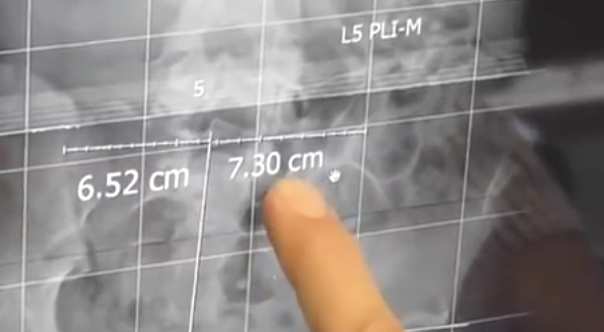
image via – youtube.com
Imagine what your life would be like without the ability to use your spine. Your vertebrae contain the cord which provides function to all of your body through your nerves. If just one place in your spine is out of alignment even slightly, the result can be loss of operation of numerous body parts.
For example, an injury to the lower spine can cause difficulty using the legs, damage to the mid-back will effect function of any or all of the organs and upper spine trauma creates trouble in the shoulders and arms. After seventeen year old Muntathar was bed ridden with back pain for three months from pulling out a tree root, he finally found a doctor who wasn’t afraid to help him heal.
The young man could not stand up straight, walk with or feel any sensation in his right leg. It was difficult for him to eat, sleep and he was so hopeless that he wanted to die. Mun traveled from the United States to Gonstead Chiropractic in Australia to under go seven days of miracle work.
X-rays that were taken of Mun’s body revealed that his sacroiliac joint was not functioning properly, which likely is the reason he could not use his leg. This is where Dr. Ian began his manipulations and even just light touches to Mun’s body were extremely painful.
While laying on the doctor’s table in a twisted position, the skilled hero applied quick and firm pressure to move the bones in Mun’s lower back. Only a few minutes later, the patient could feel sensation and even begin to bare weight on his leg.
Subsequent adjustments to Mun’s neck and entire spine, slowly allowed him more movement and a straight back. With time, he even returned to his normal height! Sometimes when we are just about to give up, the magical cure sweeps in at just the right time.
Please Share With Family and Friends
Teen Girl Was Feeling Intense Neck Pain. Her Parents Were Horrified After The Doctors Diagnosed Her.
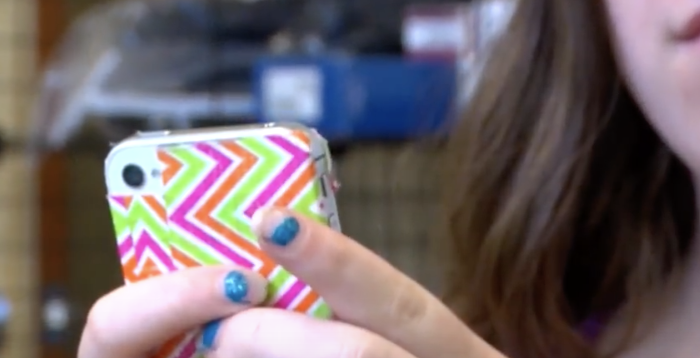
Kids these days! Some of them are spending up to 5,000 hours a year reading texts and browsing online, all while hunched over looking down at their cell phones and laptops. On average, a person spends around 2-4 hours a day crooked over looking down at their personal devices, and young adults spend even more time than that, logging hours at a time in one sitting.
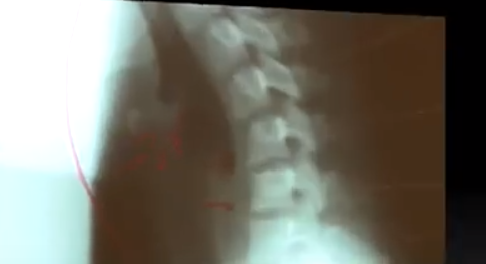
It doesn’t matter whether it’s a computer, tablet, or cell phone screen, because they all require the user to angle their head down, bending their necks in the process. This relatively new behavior is leading them to develop what is now called “text neck,” an uncomfortable and chronic pain in the neck area.
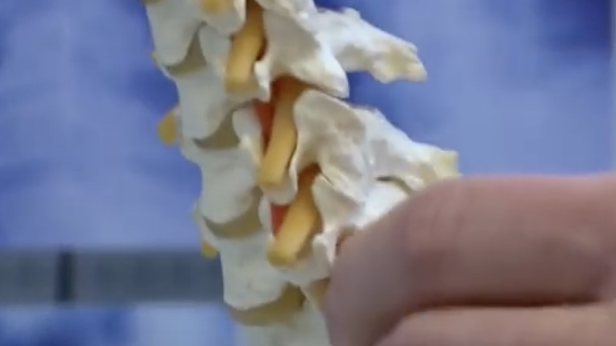
Text neck occurs when the proper and normal curve in the cervical spine becomes reduced and in some cases it may even move forward. Ideally a person wants to have a 40 degree curve in their spine, but x-rays of text neck sufferers show curves so drastic that they actually have reversed and bend forward in the opposite direction. This type of reversed spinal curvature used to take years to develop and was only seen in older and elderly adults.
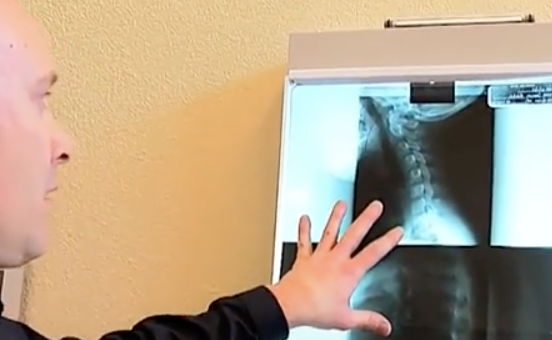
More and more sufferers of text neck are showing up at doctors offices nationwide seeking relief for their aches and pains. They are also increasingly younger and setting themselves up for a variety of possible problems that go beyond general neck pain, including shoulder tension, migraines, and even numbness and tingling sensations down their arms.
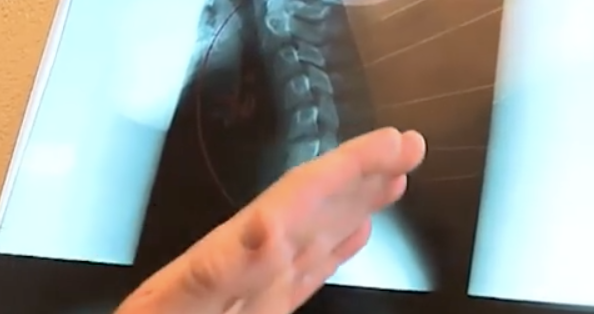
In order to correct the problem sufferers require physical therapy, trips to the chiropractor, and lifestyle changes. To reverse damage, professionals use head weights, shoulder exercises, resistance bands, and adjustments to recondition and strengthen the patient’s shoulder, neck, and back muscles.
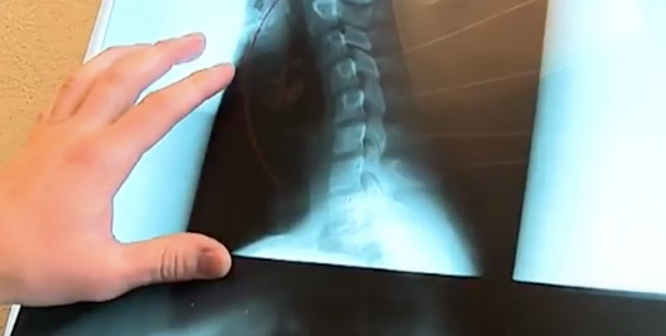
For people reading this and others who may be concerned about text neck, there are less drastic things that can be incorporated into your everyday routine to avoid it. Firstly, it’s important to sit up straight and stop looking down at phones and devices. Instead, hold your phone up higher so that it’s right in front of your face and eyes.
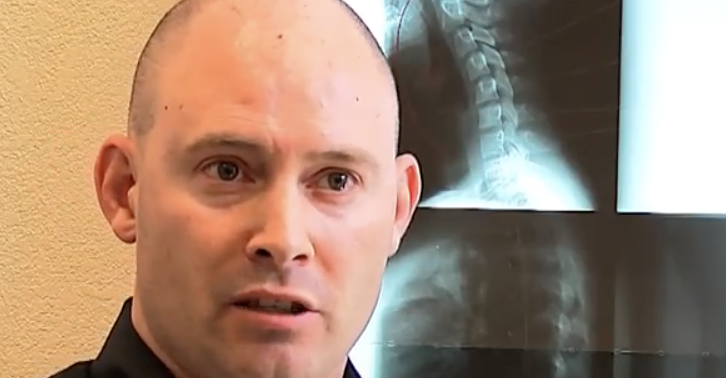
There is even an app available that blinks a red light warning you to raise it higher, in order to help people remember to elevate their phones. Also stand up more often throughout the day and stretch, roll your shoulders, and move around. Just by being aware and conscious of what you are doing, and for how long, can help you avoid tech neck and all the uncomfortable aches and pains that come with it.
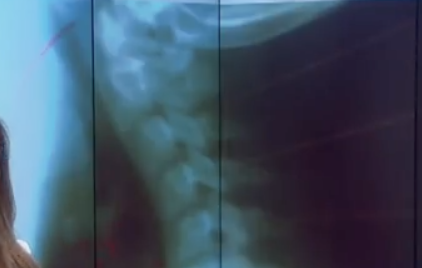
Please Share This Story With Family and Friends To Help Raise Awareness
Simple Life Hacks To Relieve Sciatica and Lower Back Pain Quickly
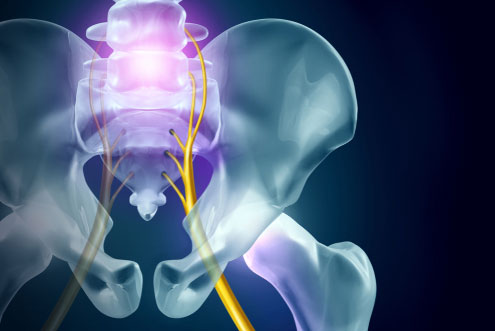
Sciatica is a painful and debilitating condition to have to suffer through. If you’ve ever experienced it then you know how miserable the severe nerve pain makes you feel, it’s both mentally and physically exhausting! Simple everyday activities, such as sitting down or standing up and walking across the room, suddenly become hard to do and it can really affect life and spirit. There are several causes and variations of sciatica but the medical condition is most generally characterized as back pain originating in the buttocks or lower spine area, which goes down the leg(s) and radiates through the lower body area.
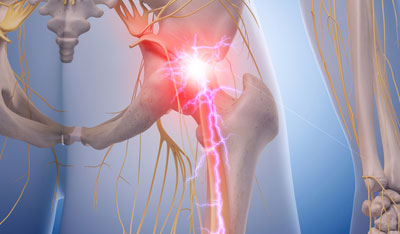
The reason why sciatica is referred to as sciatic nerve pain is because it stems from the irritation, pressure, and/or pinching of several nerves which run from the spinal cord to the sciatic nerves. When the area surrounding the nerves in the lower back and spine becomes severely inflamed it causes an intense, radiating type of pain to shoot out along those affected sciatic nerves.
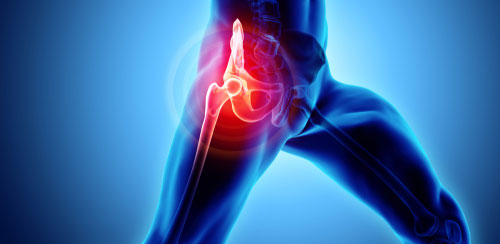
The pain tends to range from moderate and manageable to severe and intolerable, but it can get a lot worse. People report that sneezing, coughing, getting up or sitting down too quickly, sudden movements, and things that put strain and pressure on the area can cause the pain to suddenly flare up.
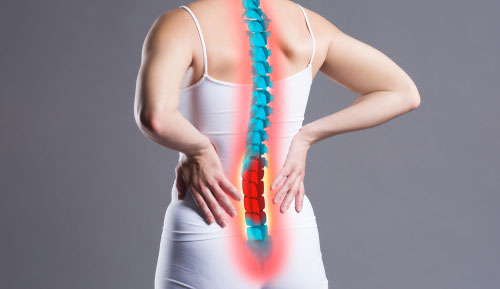
A combination of lifestyle changes and medicine is how sciatica is treated. To help manage discomfort and pain medications may be prescribed and doctors recommend that patients take NSAIDs, like Aleve, to help reduce swelling and inflammation in the lower back. You should also try to stay active and strengthen your core to prevent future flare ups. Yoga is one of the best ways to condition your body and get into shape and it’s highly recommended that you start stretching.
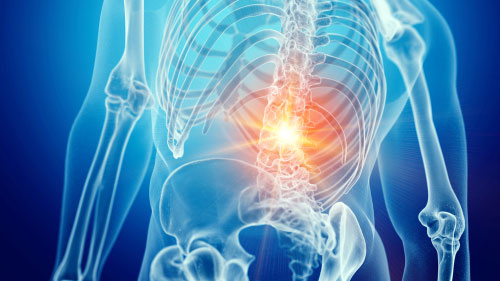
Activities that place a lot of stress on the lower back should also be limited. In particular, bending or folding forward should be avoided like the plague! In the accompanying video on sciatic nerve pain you will learn some great tips to relieve pain quickly. There are some great tips on how to work yoga and gentle stretches into your recovery approach and going forward from there. You’ll likely learn something new so check the video out, it’s short and straight to the point.
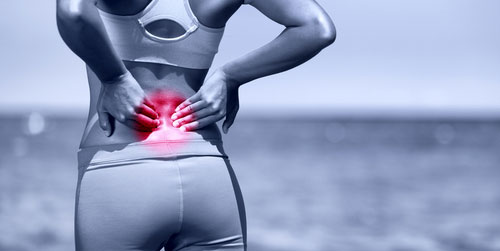
Hopefully the tips can help you find relief if you suffer from sciatic nerve pain and it turns out to be beneficial to both your health and overall well-being.

Please Share This With Family and Friends Who Need Some Relief
When You Wake Up Does Your Heel Hurt or Anytime You Walk? THIS Is The Reason Why And What To Do.
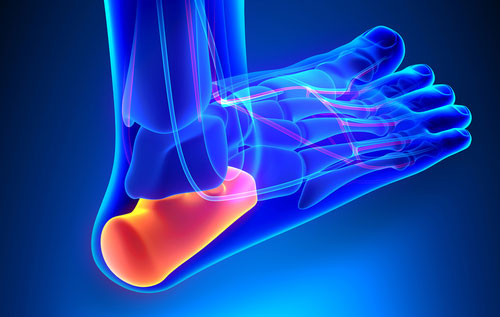
One day I woke up and had a lot of pain in my heel, and after putting off a doctor’s visit thinking it would go away, I finally got it diagnosed. I found out I had Plantar fasciitis, a condition suffered by more than 50% of Americans in their lifetime.
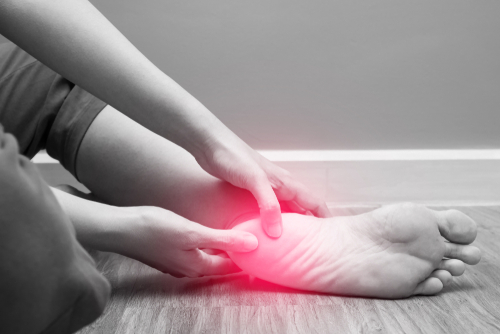
The plantar fascia, as you will hear in the excellent video you are about to watch below, is a thin ligament that connects the heal to the front of your foot. It is often caused by the repetitive motion of exercises during workouts, spending many hours on your feet particularly in shoes that bend the foot unnaturally, and weight gain.
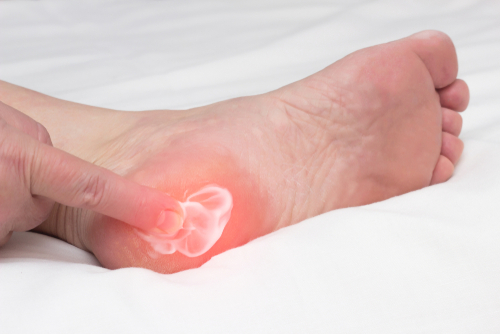
In the following video the doctor gives a more in depth explanation of the reasons this malady is so common, some ways to prevent it from occurring, and the most effective means of treating the condition to help loosen the muscles that perpetuate the pain.
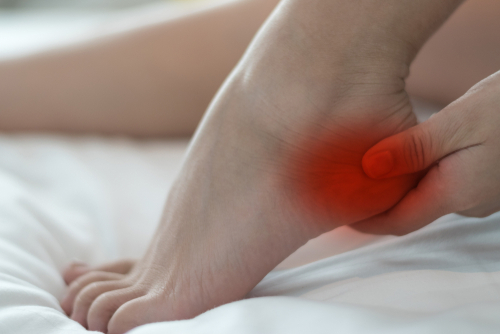
The most important part of the treatment is DEEP TISSUE MASSAGE; he demonstrates different rolling techniques, over a water bottle or rolling pin, that achieves excellent results.
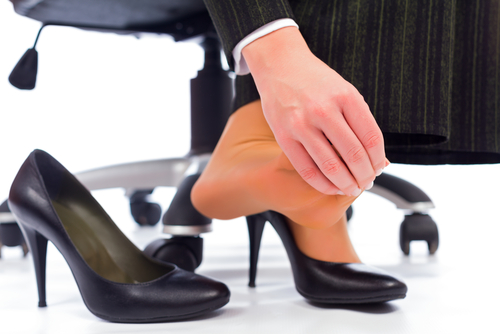
Secondly, there are multiple STRETCHING TECHNIQUES that pulls the arch of your foot upward, that he illustrates clearly. The third line of treatment are NUTRITIONAL foods and SUPPLEMENTS.
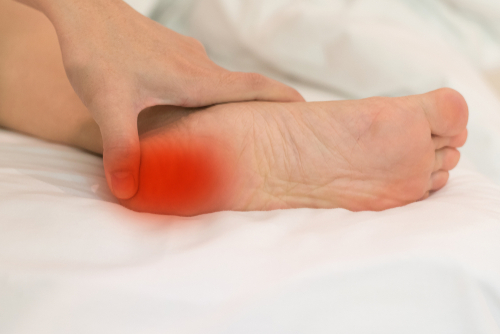
Lastly STRENGTHENING the MUSCLES of your feet, with proper shoes, walking barefoot and changing up your movements, all will offer great relief for this painful condition.
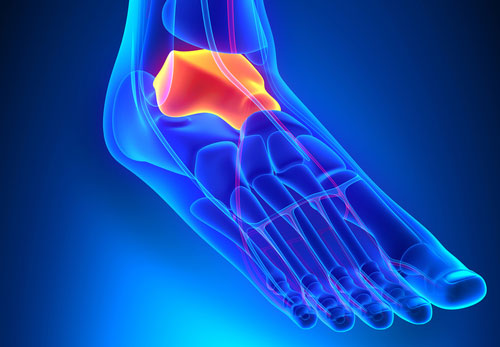
Please SHARE This With Your Family and Friends

